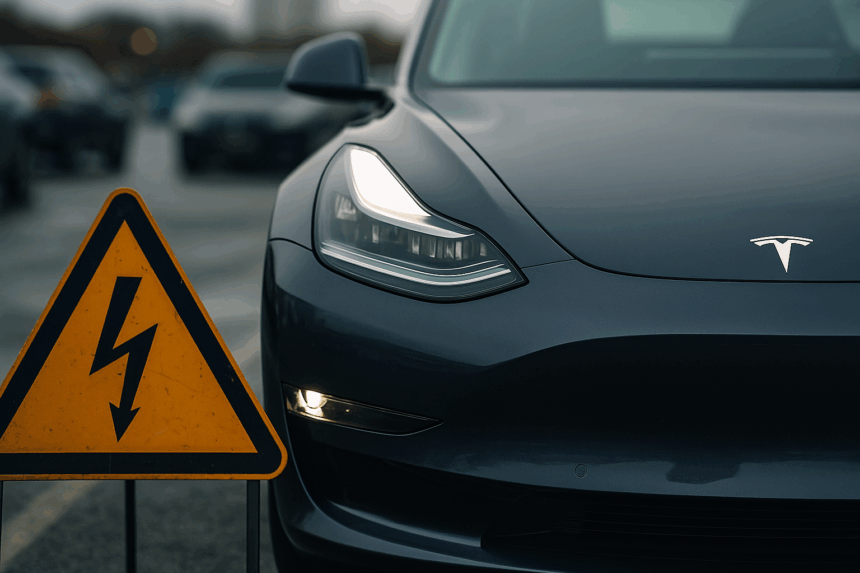Tesla initiates a global recall after widespread reports of power loss incidents in Model 3 and Model Y vehicles. The recall affects over 2.1 million units, covering production runs from 2020 through 2023.
What’s Happening & Why This Matters
The National Highway Traffic Safety Administration confirms Tesla’s voluntary recall following multiple complaints about sudden propulsion failure. The defect stems from a faulty high-voltage power conversion component that interrupts drive functions.
Tesla engineers identify inconsistent voltage regulation in the inverter assembly. The issue triggers automatic shutdown of key subsystems. Drivers report abrupt deceleration and loss of acceleration capability, especially during high-speed driving.
The recall reinforces ongoing concerns around Tesla’s software-driven safety management and component quality control. Analysts suggest this incident adds scrutiny to Tesla’s expanding production targets.
Quality in Question
Tesla integrates software-based diagnostics into its recall process. Vehicles receive over-the-air updates that isolate affected systems before hardware replacement. This hybrid method allows Tesla to act quickly while coordinating service scheduling through its app ecosystem.
However, safety regulators note that remote software patches cannot replace physical inspection. The NHTSA insists Tesla implement full hardware testing before reinstating affected vehicles.
The recall covers vehicles across North America, Europe, and Asia. Internal data suggests Model 3 units account for 70% of affected inventory.
TF Summary: What’s Next
MY FORECAST: Tesla sees renewed pressure on quality assurance as production scales. The company accelerates inspection protocols and strengthens component verification. I see competitors like BYD and Rivian capitalizing on the consumer trust gaps. Tesla’s recall presents the risks of speed-driven manufacturing.
— Text-to-Speech (TTS) provided by gspeech


